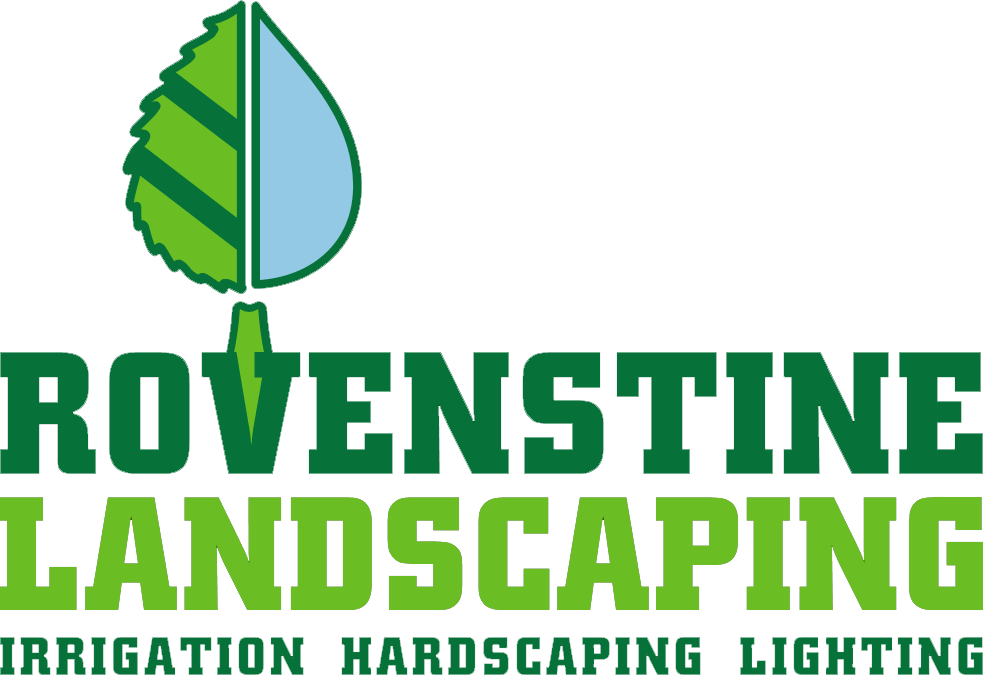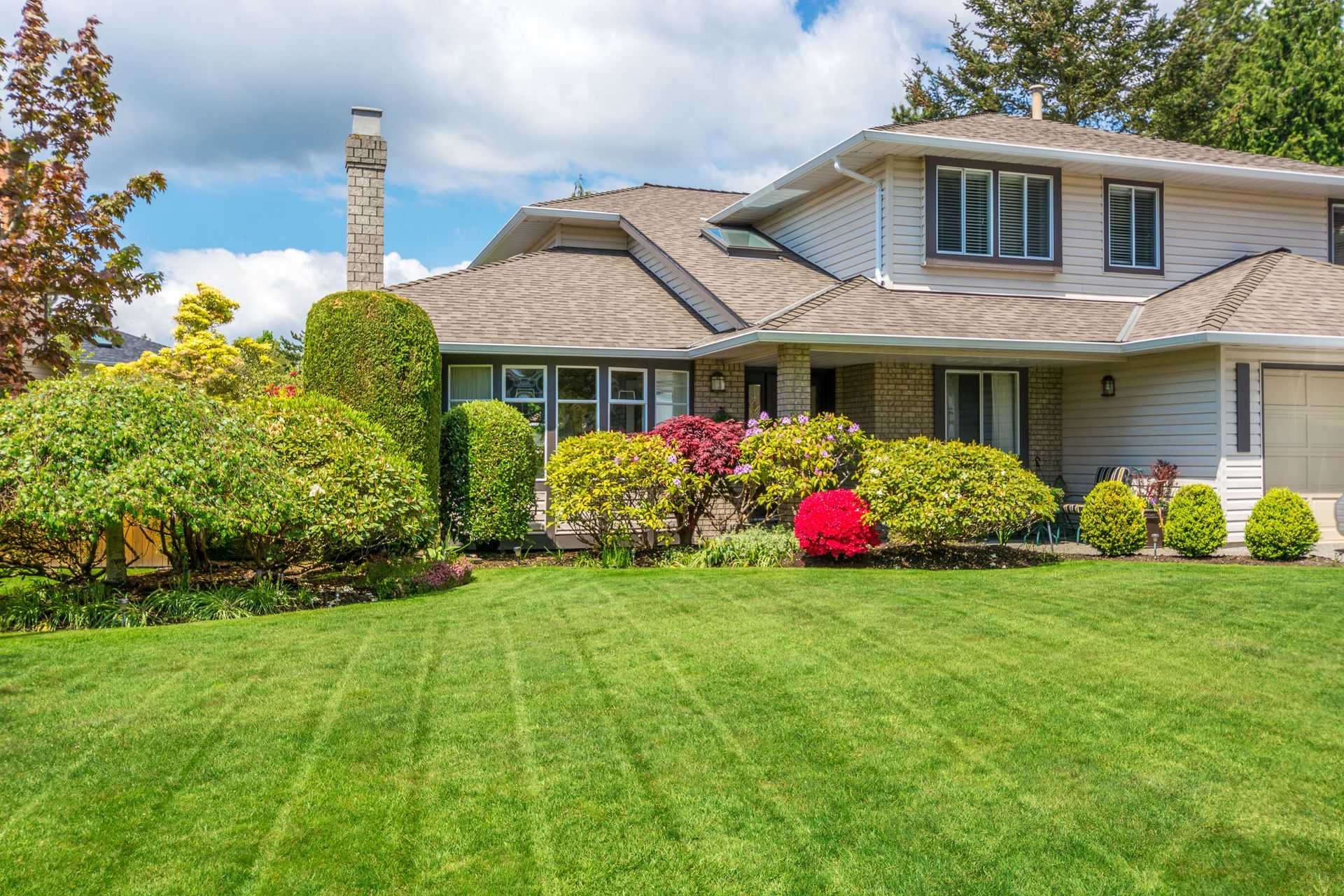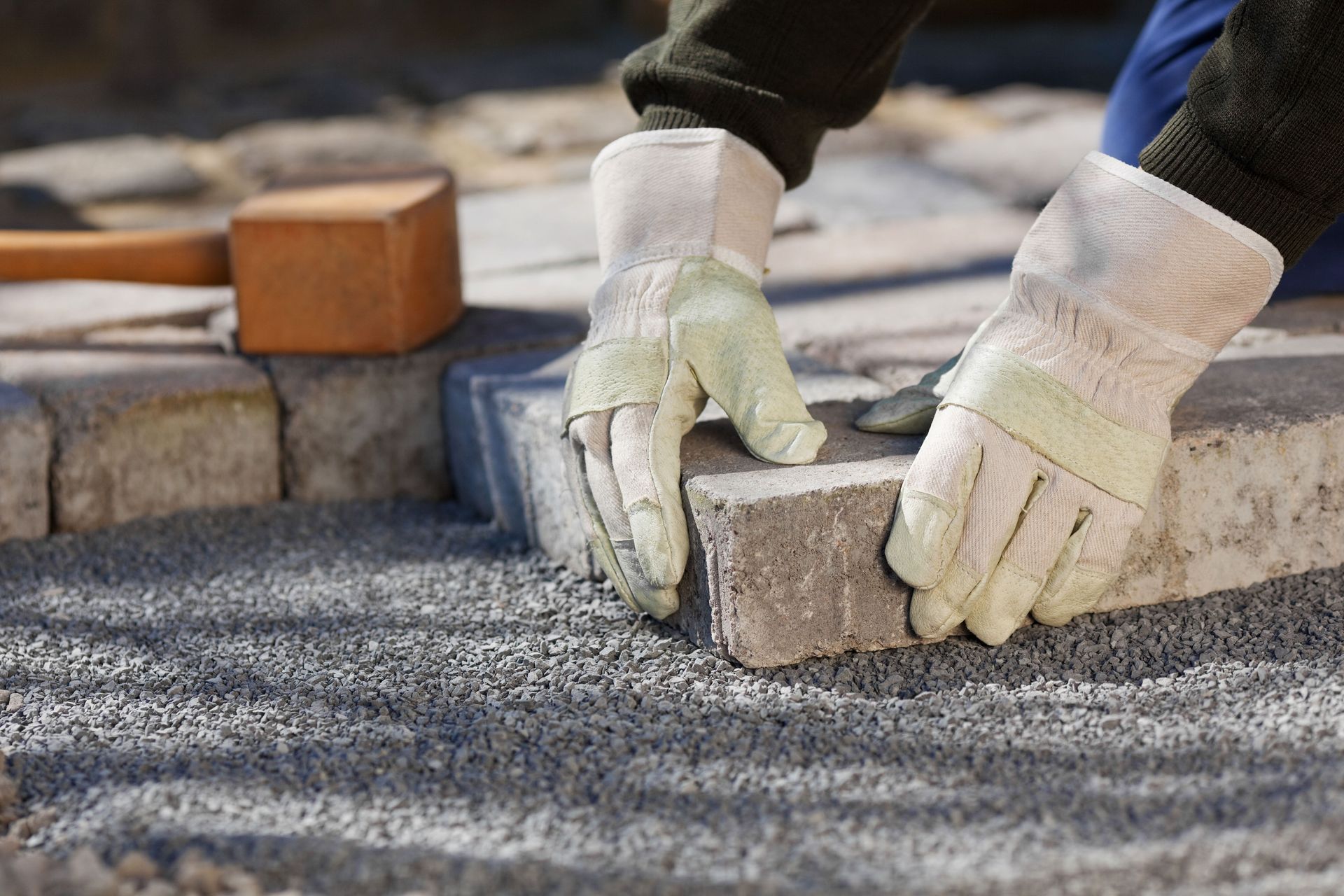September 24, 2025
Landscaping is no longer just about planting flowers or trimming hedges—it’s about creating functional, aesthetically pleasing outdoor spaces that reflect personal style and sustainability goals. As we look toward 2025, several transformative trends are emerging that blend innovation, technology, and eco-conscious design. From smart technology integration to climate-adaptive landscapes, these trends offer homeowners practical ways to enhance both the beauty and utility of their yards. Whether you are planning a complete landscape overhaul or simply updating your outdoor space, understanding these trends will provide guidance and inspiration for designing a modern, sustainable yard.
These trends go beyond simple aesthetics—they are reshaping how we interact with our outdoor environments. Homeowners are increasingly seeking landscapes that are not only beautiful but also purposeful, environmentally responsible, and adaptable to their lifestyle. Modern landscaping emphasizes energy efficiency, water conservation, and thoughtful selection of landscaping materials that ensure durability and longevity. By exploring the trends shaping 2025, you can create an outdoor space that balances functionality, visual appeal, and environmental stewardship, ultimately transforming your yard into a sanctuary that enhances daily living and reflects your personal vision.
1. Embracing Sustainable Landscaping Practices
Sustainability is at the forefront of modern landscaping. Homeowners increasingly prioritize eco-friendly practices that minimize environmental impact while maximizing efficiency and beauty. Choosing native plants allows landscapes to thrive naturally with minimal watering and chemical treatments. Using such plants ensures healthier ecosystems and reduces maintenance demands.
Water conservation techniques are essential in this effort. Implementing efficient irrigation systems can dramatically lower water usage while promoting plant vitality. According to Jobber, the U.S. landscaping services market was valued at approximately $153 billion in 2024, reflecting the growing interest in environmentally conscious outdoor design.
Eco-friendly landscaping materials are also gaining attention. Hardscaping elements, including pathways, retaining walls, and patio surfaces, can be sourced from recycled or sustainably produced materials. Thoughtful selection of landscaping materials not only reduces environmental strain but also contributes to durability and aesthetic cohesion. Additionally, incorporating native plants and eco-friendly materials helps support local wildlife, creating a harmonious balance between human activity and the surrounding ecosystem.
2. Integrating Smart Technology into Your Yard
Technology is transforming how we design, manage, and enjoy outdoor spaces. Automated irrigation systems now use weather data to optimize watering schedules, conserving water while promoting healthy plant growth. Similarly, smart lawn care devices, such as robotic mowers, reduce manual effort and ensure consistent maintenance.
Outdoor lighting automation adds both safety and ambiance to landscapes. Intelligent lighting systems can be programmed to adjust according to time of day or specific activities, enhancing functionality and aesthetics. Homeowners can also monitor their yards remotely via apps and sensors, adjusting irrigation, lighting, or equipment settings from anywhere. Virtual design platforms employing augmented reality further revolutionize landscaping by allowing precise visualization and planning before any installation begins.
Even the choice of landscaping materials is being influenced by technology. Materials that integrate durability, energy efficiency, and low maintenance are becoming standard, allowing homeowners to blend innovation with sustainability seamlessly.
3. Incorporating Edible Landscaping for Beauty and Function
Edible landscaping combines ornamental design with practical food production. By integrating fruit trees, vegetables, and herbs into visually appealing layouts, homeowners can enjoy fresh, home-grown produce while enhancing their yard’s charm. Vertical gardening techniques are particularly effective in small spaces, allowing for productive, space-saving designs that serve both functional and aesthetic purposes.
Herbal and medicinal gardens are also becoming popular. Plants that offer culinary or healing properties add an extra layer of value, connecting residents with wellness and sustainability practices. Strategic placement of edible plants ensures they thrive while complementing the overall landscape design. Partnering with local Community-Supported Agriculture (CSA) programs can further expand the diversity of available produce and strengthen community ties.
Thoughtful selection of landscaping materials—such as raised garden beds made from recycled wood or composite materials—enhances the durability and appeal of edible landscapes, blending functionality with sustainability.
4. Creating Functional Outdoor Living Spaces
Outdoor living spaces have evolved into extensions of the home, combining relaxation, entertainment, and utility. Modern designs often include multifunctional areas for dining, lounging, and working, ensuring that every part of the yard serves a purpose. Durable, weather-resistant furniture helps these spaces withstand seasonal changes while maintaining comfort and style.
Outdoor kitchens and dining areas are growing in popularity. Equipped with grills, countertops, and fire features, these spaces provide a venue for cooking, dining, and socializing al fresco. Adding privacy elements such as hedges, fences, or water features can create secluded, peaceful retreats, while noise reduction strategies help maintain tranquility even in bustling neighborhoods. Choosing the right landscaping materials for flooring, countertops, and seating areas not only enhances durability but also contributes to a cohesive design that elevates the overall outdoor living experience. Thoughtful integration of lighting, pergolas, and storage solutions ensures these spaces remain functional and inviting year-round, providing comfort, style, and versatility in every season.
5. Designing Minimalist and Zen Gardens
Minimalist and Zen-inspired landscapes focus on simplicity, clarity, and mindfulness. By limiting plant varieties and emphasizing cohesive design, these gardens create serene environments ideal for reflection and relaxation. Open spaces encourage exploration, while thoughtful placement of water and rock features adds visual interest and tranquility.
Mindful pathways guide movement throughout the garden, promoting calm and introspection. Sustainable, organic landscaping materials such as natural stone or reclaimed wood reinforce the garden’s aesthetic while aligning with eco-friendly principles. Integrating low-maintenance plants, carefully curated textures, and subtle lighting further enhances the sense of balance and serenity. Additional elements, such as small meditation benches, bamboo screens, or minimalist sculptures, can personalize the space while maintaining harmony. Minimalist gardens demonstrate that intentional simplicity, combined with quality materials and purposeful design, can produce stunning outdoor spaces that nurture both the mind and body, offering a refuge from everyday stress.
6. Adapting Landscapes to Climate Challenges
Climate-adaptive landscaping has become increasingly vital as environmental conditions shift. Drought-tolerant plants are essential in regions experiencing water scarcity, ensuring landscapes remain vibrant despite limited rainfall. Wind-resistant plantings reduce damage during storms, while erosion control techniques help manage runoff effectively.
Creating microclimates within the yard allows homeowners to optimize conditions for specific plants, supporting resilience and growth. Introducing resilient plant varieties ensures landscapes can withstand changing climates over time, enhancing sustainability. Additionally, incorporating flexible garden structures, such as removable shade sails or adjustable trellises, can help protect plants from extreme temperatures. Thoughtful planning ensures that outdoor lighting, irrigation systems, and even landscaping materials are suitable for varying seasonal conditions, further strengthening the long-term health and beauty of your yard.
The landscaping trends emerging in 2025 reflect a broader shift toward sustainability, technology integration, functional outdoor living, and mindfulness in design. By embracing these strategies, homeowners can transform their yards into spaces that are visually appealing, environmentally responsible, and highly functional. Thoughtful selection of landscaping materials, combined with innovative techniques and adaptable designs, ensures that outdoor spaces remain both beautiful and resilient.
Whether your goal is to cultivate an edible garden, create a serene Zen retreat, or design a climate-adaptive landscape, these trends provide the tools and inspiration to craft a yard that truly reflects your vision and values. Investing in quality materials and embracing modern landscaping practices will not only enhance curb appeal but also increase property value and create a lasting space for family enjoyment and outdoor relaxation. Transform your yard into a stunning, sustainable oasis—explore premium landscaping materials and expert guidance today at Rovenstine Landscaping Supply.


























